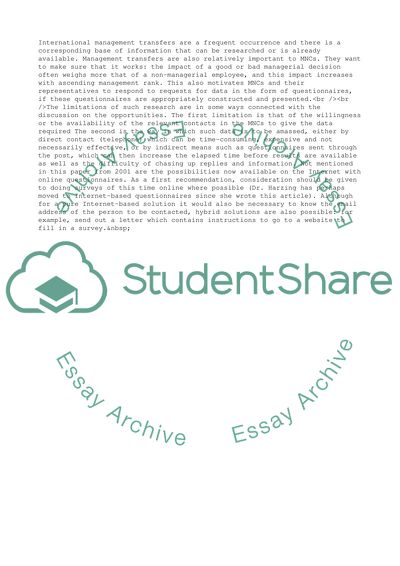Cite this document
(The Role Of Expatriates In The International Management Case Study, n.d.)
The Role Of Expatriates In The International Management Case Study. Retrieved from https://studentshare.org/management/1518059-international-people-management-essay
The Role Of Expatriates In The International Management Case Study. Retrieved from https://studentshare.org/management/1518059-international-people-management-essay
(The Role Of Expatriates In The International Management Case Study)
The Role Of Expatriates In The International Management Case Study. https://studentshare.org/management/1518059-international-people-management-essay.
The Role Of Expatriates In The International Management Case Study. https://studentshare.org/management/1518059-international-people-management-essay.
“The Role Of Expatriates In The International Management Case Study”, n.d. https://studentshare.org/management/1518059-international-people-management-essay.


